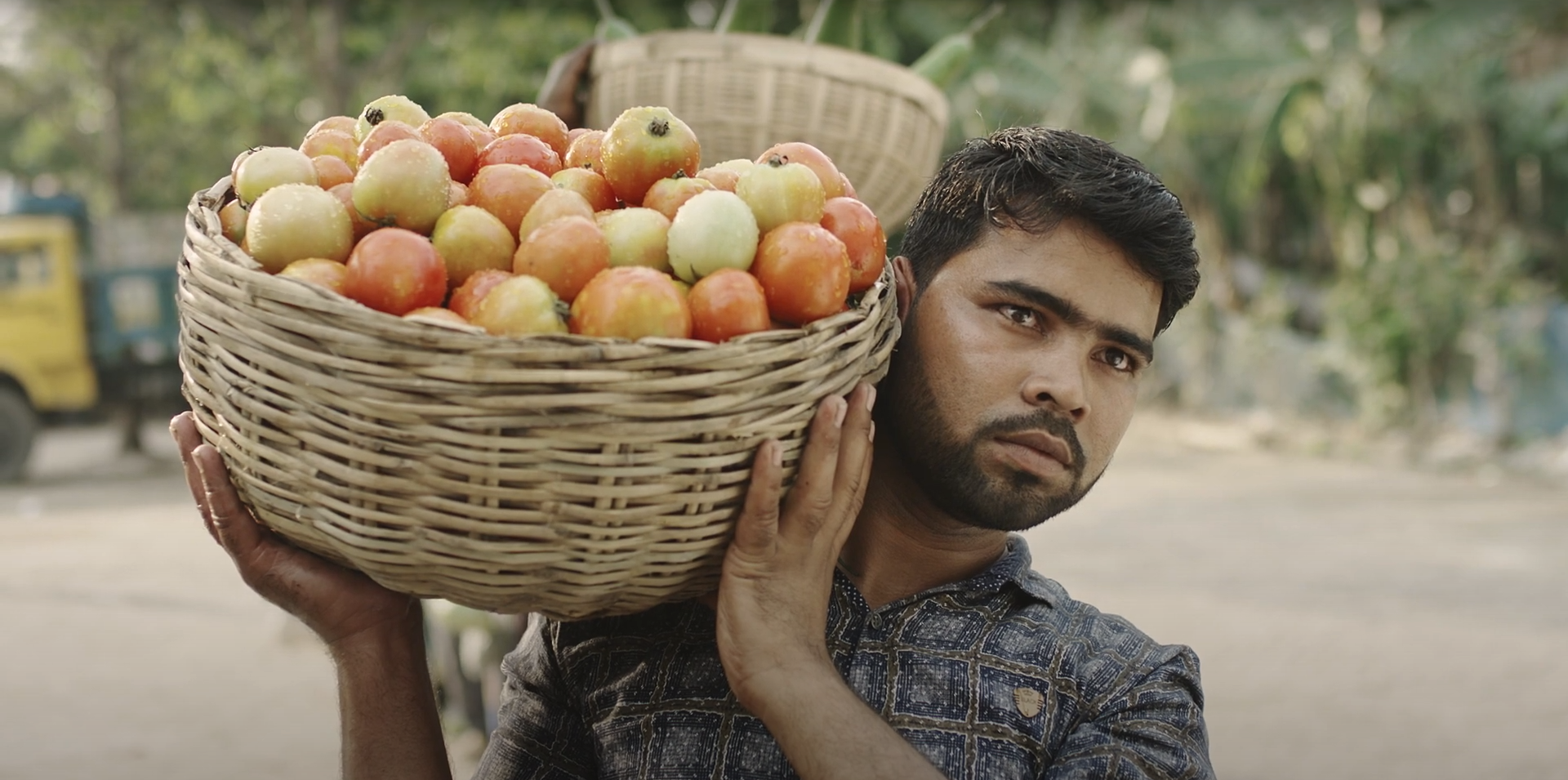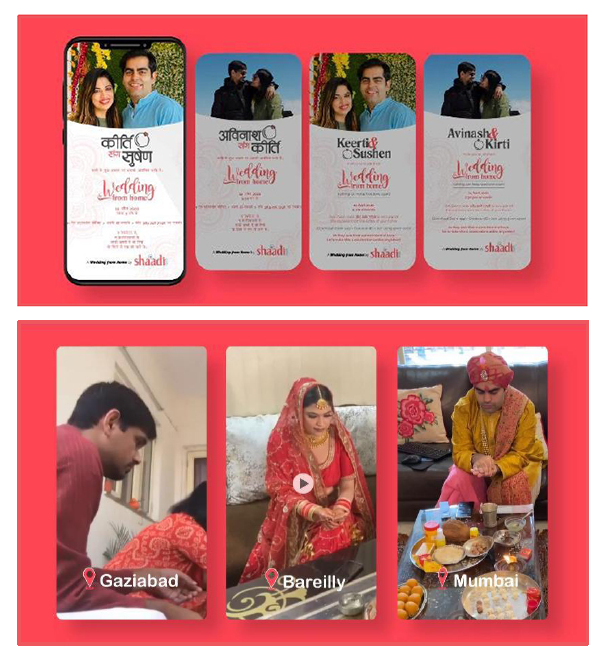As the WARC Awards for Asian Strategy enter their 11th year, Chiara Manco looks at how strategy can future-proof businesses, growing brands and inspiring the industry.
Last year, marking the 10th anniversary of the WARC Awards for Asian Strategy, saw a step-change in the region. Investment in brand building noticeably increased, with entrants zeroing in on growing equity, earning new customers and refreshing their brand identity.

The WARC Awards for Asian Strategy are now open for entries with deadline on 14th July.
Now in their 11th year, the Awards aim to showcase the region’s best strategic thinking with a view to inspire the next generation of strategists.
Lynette Pang, Assistant Chief Executive, Marketing Group at Singapore Tourism Board, will be chairing this year’s judging panel of senior marketers and strategy experts.
Entry is free. For more info on how to submit your work, visit the Awards website.
As we enter the 11th year of the Awards, our focus is precisely on how strategy can help the region’s businesses future-proof their brands, something that is both vital and extremely challenging as markets recover from the global pandemic.
So, before we look ahead, let’s take a moment to consider what last year’s push for growth can teach today’s strategists about award-winning strategies and ultimately, brand-building work.
Strategy to build back better
If there ever was a time for initiatives able to drive sustainable change, it is now. Earlier this year, the 2021 Marketer’s Toolkit revealed that 78% of marketing executives surveyed agreed brand purpose is more important as a result of the disruption to society in 2020.
Despite predating the pandemic, last year’s Grand Prix winner offers learnings on how to build brands while giving back to society during difficult times. Grey Bangladesh’s Project AgroBanking, born out of a partnership between bank UCB and retailer Shwapno, was an initiative to allow Bangladeshi farmers to open savings accounts and escape the cycle of poverty they lived in.
In targeting an often ignored rural audience, it pioneered the kind of ‘democratic innovation’ that is vital for marketers to champion today. As lockdowns have caused workers to migrate from cities back to their home villages, rural spaces cannot be overlooked. What’s more, we could argue that any country’s recovery plan is inextricably linked to rural communities’ ability to thrive. As Grey’s AVP and Strategic Planning Lead Bitop Das Gupta wrote in the 2020 Asian Strategy Report: “The pandemic has created a desire for a fairer, more resilient and evenly distributed economy. The practice of democratising innovation will play a vital role in ‘building back better’ from the current crisis.”

At the time the paper was submitted, AgroBanking had reached more than 100 locations and led to the opening of 122,000 new bank accounts. While the initiative earned both UCB and Shwapno new business, what struck the judging panel last year was that it was so much more than a comms effort for a client’s benefit. Alex Zhang, Head of Strategy APAC, VCCP, summarised it well: “This is actually solving a real issue, it’s not just an advertising campaign. It got brand success, comms success and benefited the end consumer.”
Strategy to be distinctive
With budgets being cut down, brands need ways to remain top of mind even when not communicating as intensely as before. That’s where distinctive assets come into play: characters, taglines and even sounds that make brands memorable and instantly recognisable.
Distinctive assets – or, as System1 calls them, ‘fluent devices’ – have been proven to increase campaign performance even during the pandemic, helping brands connect with consumers in a way that is familiar and comforting at a time of uncertainty.
What is essential, however, is that such assets keep up with the times. Their strength lies precisely in being able to remain consistent while adapting to consumers’ needs and behaviour. It’s what thebrandgym’s Remona Duquesne, one of the 2020 Awards judges, calls ‘fresh consistency’: the ability to mix exciting elements that keep a brand’s story up to date with tried-and-tested assets that people remember and can build brand fame.
A prime example of fresh consistency in practice is 2020’s Silver winner Tang. Looking to justify a new price premium, the Filipino powdered drink brand repositioned itself as an ally for mothers who struggled to keep their children hydrated. While Tang stayed true to its DNA – its promise of making water taste better, its distinctive orange colour, its ads’ family setting – it substantially updated its tone to better appeal to modern mothers. By moving away from the category’s idealistic portrayals of motherhood, its honest ads spoke to its target audience in a genuine and relatable way – not to mention hilarious.

The campaign earned Tang an 18.15% uplift in sales volume, with the ads scoring high for likeability, relevance and affinity among mothers. Its strength lay in its consumer understanding – as judge Terence Ling, TBWA\Hong Kong’s Head of Strategy, commented: “It had the boldness of simply listening to consumers’ real needs instead of promising more RTBs. Its simple message was memorable and emotional, showing the brand was on mums’ side to help them get things done.”
Strategy to find opportunities in new spaces
As Asia was the first region to be impacted by the pandemic, it was forced to react quickly and with no-one to look up to for guidance. For brands, this often entailed a move to digital of their products and services, to better serve and support consumers in their homes.
With different markets experiencing different stages of recovery, we have reason to believe that adaptability and a readiness to embrace the unexpected will remain important in the future. In particular, creating meaningful home experiences is not only a way to keep consumers engaged with the brand in the moment, but a means through which long-lasting connections can be built. In the tired, overwhelming reality of lockdowns, consumers will appreciate and remember brands that make things easier for them, or simply offer some respite from their samey routine.
In India, matchmaking website Shaadi.com solved a real problem for its audience. The first nationwide lockdown had thrown a spanner in the works for many couples, who found themselves forced to reschedule their wedding date – often chosen after careful consultation of religious calendar to find the most auspicious day. Shaadi.com rethought the trending WFH hashtag as #WeddingsFromHome, launching a digital platform where people could get married while miles apart.

With incredible attention to detail, Shaadi.com was able to replicate all the hallmarks of a traditional Indian wedding in an online setting. The campaign reached a national audience of 468 million and an international one of 14 million, growing brand engagement on Facebook by 300% and winning a Bronze at the 2020 Awards. During judging, Anil K Nair, Chief Executive Officer at VMLY&R India said: “It deserves praise for the pivot speed, digitalisation, and keeping people close to what Shaadi.com stands for.”
Strategy to look ahead
As the region fights tooth and nail to recover, strategy becomes paramount in crafting longer-term paths toward growth within a context impacted by the pandemic – but is no longer restricted by it.
We look forward to seeing how Asia’s next generation of strategists will take these challenges in their stride to create work that is both a testament to the power of forward-looking strategies and an inspiration for the industry for years to come – starting with the submissions for this year’s Awards.
The WARC Awards for Asian Strategy are now open for entries. Deadline is on 14th July. For more information on how to enter, visit the Awards website or email chiara.manco@warc.com.

